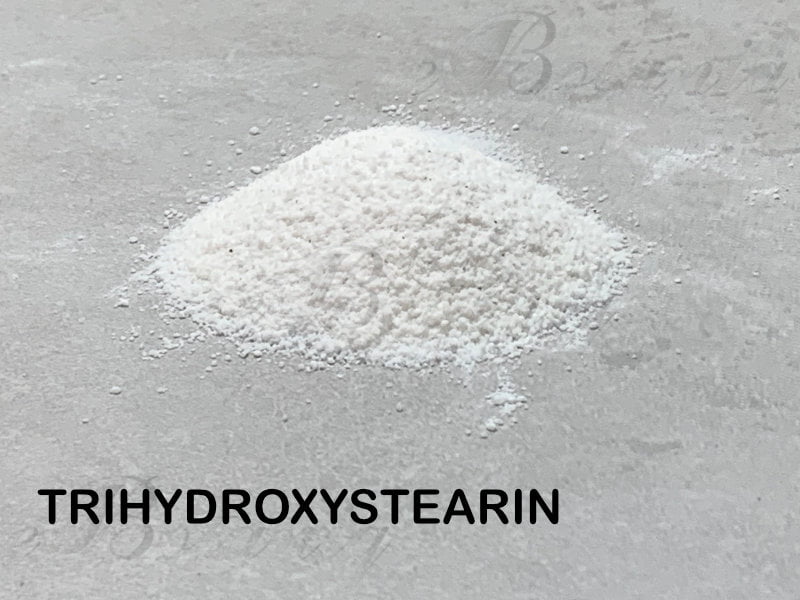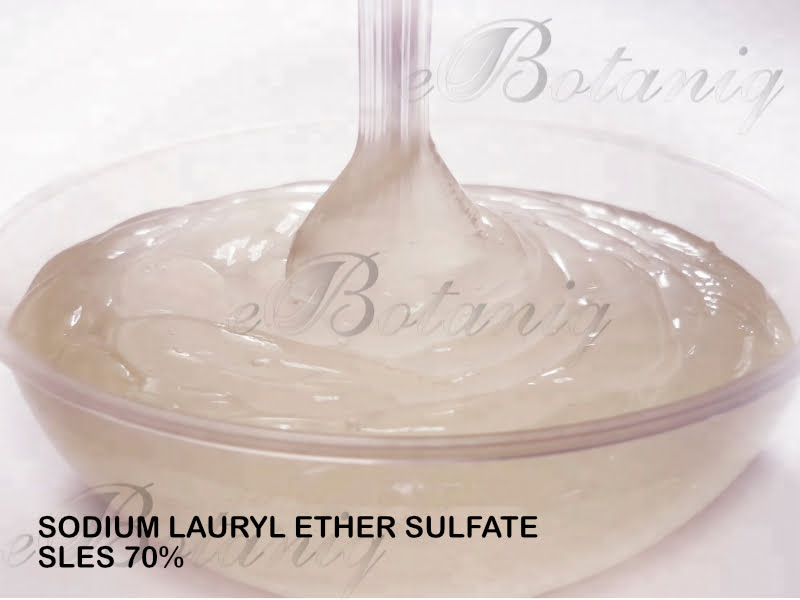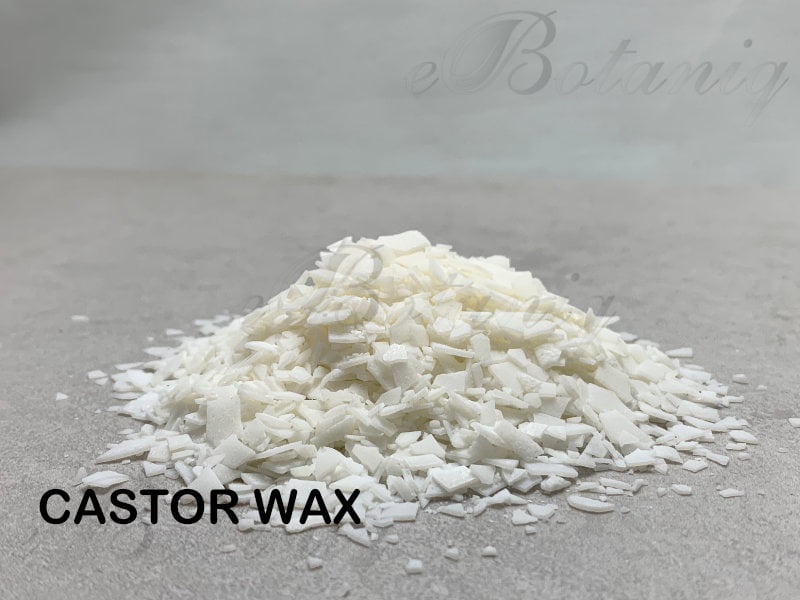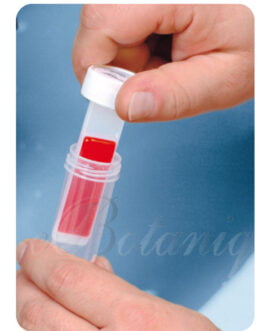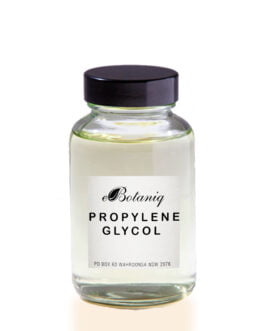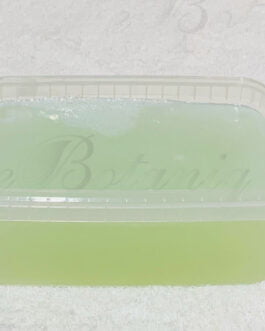Castor Wax ( Ricinus Communis hydrogenated)
Description
Castor Wax is a vegetable-derived (vegan), hydrogenated castor oil derivative, that can be used as an emollient and thickener in a variety of cosmetic products. Supplied as an off-white hard brittle wax ( flakes /pastilles ). Castor Wax is a non-toxic, odourless, tasteless, biodegradable and a renewable resource product. It contains a high proportion of Ricinoleic Acid (12-Hydroxyoleic Acid).
Castor Wax has high product uniformity and consistency for a naturally occurring material. Castor Wax. acts as a moisturiser due to being a humectant (via hydrogen bonding between the hydroxyl groups on the product and water molecules) and also by being able to form an occlusive layer which reduces trans-epidermal water loss (TEWL). It is recommended for use in anti-perspirant sticks, cosmetic pencils, lipsticks, creams and lotions. Castor Oil is noted for its ability to carry a high concentration of dyes and pigments, which is a requirement of colour cosmetics such as lipsticks.
This wax can also be used in soapmaking to harden up the soap (beyond where castor oil offers hardening) and still maintain its boosting properties
Benefits:
- Increases viscosity in lotions, creams, and ointments
- Stabilizes stick products and increases melting point of lip sticks and lip balms
- Acts as effective emollient
- Use: For external use only, Add to hot oil phase of formulation until melted (melting point 84-89°C ). Typical use level 0.5-10%.
Additional information
| Weight | N/A |
|---|---|
| Dimensions | N/A |
| Weight | 0.10 kg (100g), 0.25kg (250 g), 0.5 kg, 1 kg, 5 kg |
Technical Data
Technical
| Property | Value |
| Form | White flakes |
| Acid Value | 1 |
| Hydroxyl Value | 165 |
| Iodine Value | 3 |
| Melt Point, ºC | 84-89 |
| Solubility | Not water-soluble, oil-soluble |
| Molecular Weight | 934 |
| CAS | 8001-78-3 |
INCI Name: Hydrogenated castor oil
Animal Testing: Not animal tested
GMO: GMO-free
Vegan: Does not contains animal-derived components
Typical Fatty Acid composition
Raw material source: Ricinus Communis beans
| Typical Fatty Acid compositions: | % |
| Ricinoleic | 89.5% |
| Linoleic | 4.2% |
| Oleic | 3% |
| Palmitic | 1% |
| Stearic | 1% |
| Dihydroxystearic Acid | 0.7% |
| Eicosenoic | 0.3% |
| Linolenic | 0.3% |

